

- Exclusive offers
- Inspiring new releases
- Personal invitations to Art Events

Borderline Experience One constant in German director Werner Herzog’s work is without a doubt the tireless exhaustion of boundaries. For one it is the films’ stories about outsiders who… Read more
Intro Bio






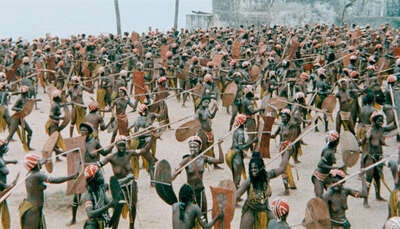

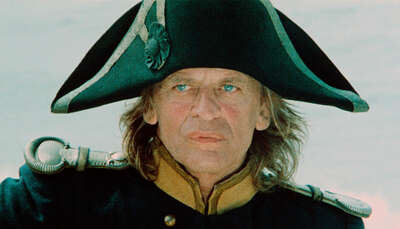

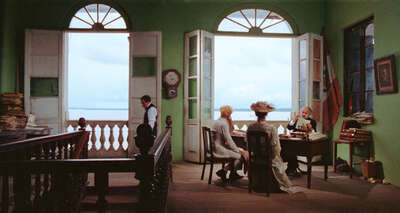

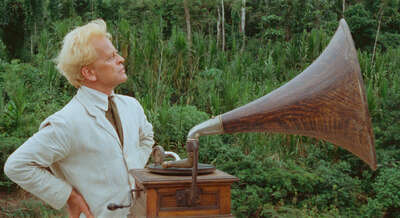

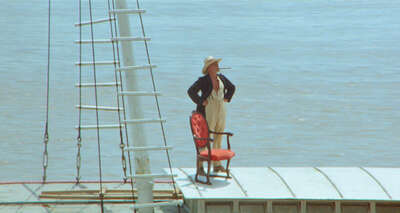

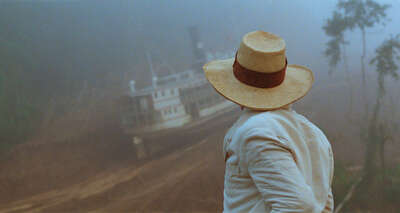

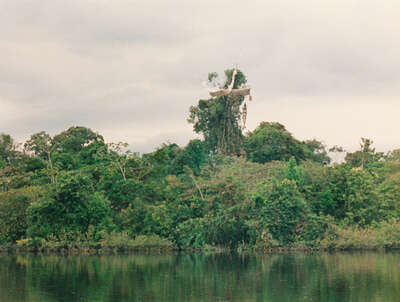

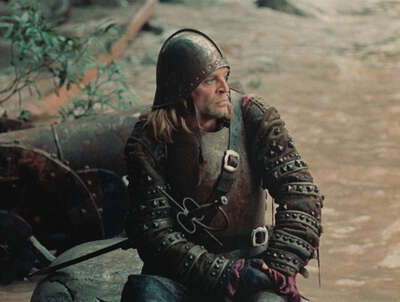

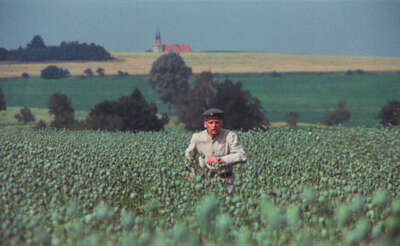

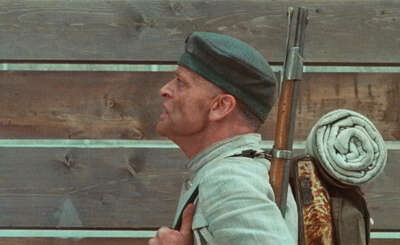

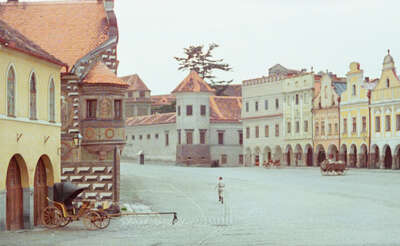

| 1942 | Born in Munich, Germany |
| 1942 - 1954 | crows up in Sachrang, Bavaria |
| 1954 | comes back to Munich |
| 1962 | First movie Herakles |
| 1963 | Founded his own produktion company Werner Herzog Filmproduktion in Munich |
| 1964 | Scholarship in Pittsburgh, USA, breaks it up after three days |
| 1968 | First movie Lebenszeichen |
| 1995 | Moves to the USA |
| Lives and works in Los Angeles, USA |
| 2006 | Directors Guild of America für Grizzly Man |
| 2005 | Venedig Filmfestspiele, Fipresci Award for The Wild Blue Yonder |
| Sundance Film Festival, Alfred P. Sloan Feature Film Prize | |
| 1999 | San Francisco International Film Festival, Golden Spire für Little Dieter Needs To Fly |
| São Paulo International Film Festival, Audience Award for Mein liebster Feind - Klaus Kinski | |
| 1997 | International Documentary Film Festival Amsterdam, Special Award form the jury for Little Dieter Needs To Fly |
| 1993 | Melbourne International Film Festival, Grand Prix for Lektionen in Finsternis |
| 1984 | Deutscher Filmpreis, Filmband in Gold für Wo die grünen Ameisen träumen |
| Gilde Filmpreis, Gilde-Filmpreis in Gold in the category German Film for Fitzcarraldo | |
| 1982 | Cannes Filmfestspiele, Award as best director for Fitzcarraldo |
| Festival Internacional de Cine de Donostia-San Sebastián, OCIC-Award für Fitzcarraldo | |
| Festival Internacional de Cine de Donostia-San Sebastián, OCIC-Award for Fitzcarraldo | |
| 1981 | Gilde Filmpreis, Gilde-Filmpreis in Silber in the category German Film for Woyzeck |
| 1978 | Deutscher Filmpreis, Filmband in Silber for La Soufrière - Warten auf eine unausweichliche Katastrophe |
| 1976 | Le Syndicat Français de la Critique de Cinéma, Kritikerpreis for Aguirre, der Zorn Gottes |
| 1975 | Cannes Filmfestspiele, Fipresci Preis, Grand Prix der Jury for Jeder für sich und Gott gegen alle (Kaspar Hauser) |
| Deutscher Filmpreis, Filmband in Silber for Jeder für sich und Gott gegen alle (Kaspar Hauser) | |
| 1968 | Deutscher Filmpreis, Filmband in Silber, for Lebenszeichen |
Visit LUMAS USA!
Delivery to your country is not possible from this site.
If you would like to place an order, please visit LUMAS USA.